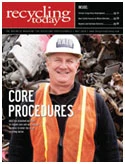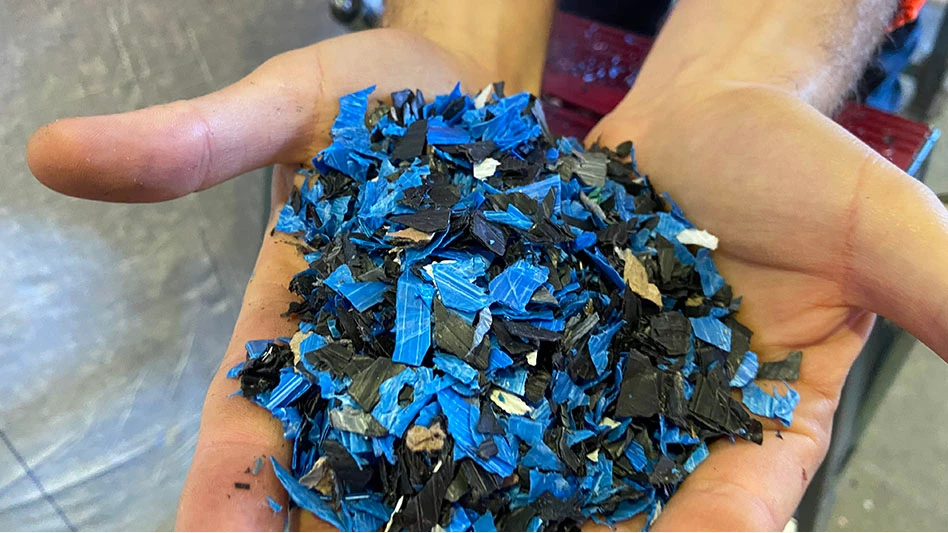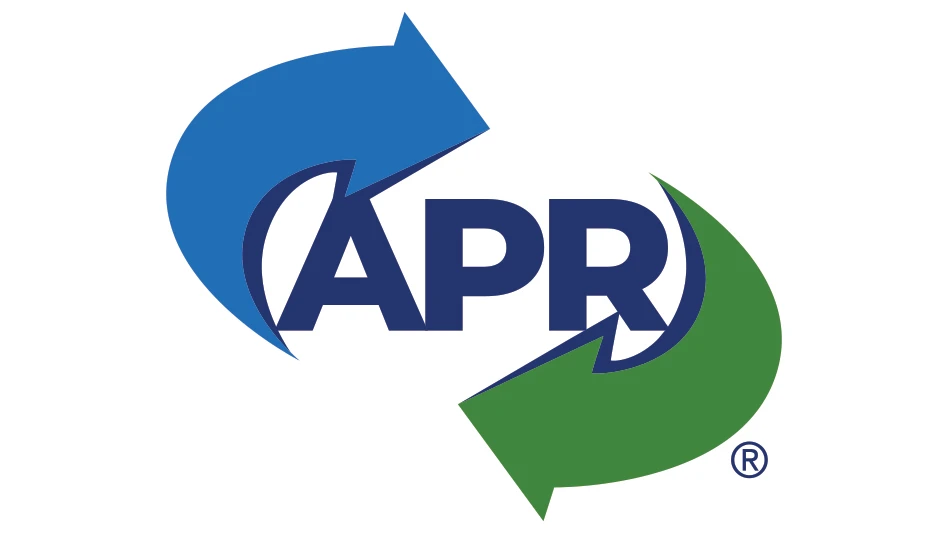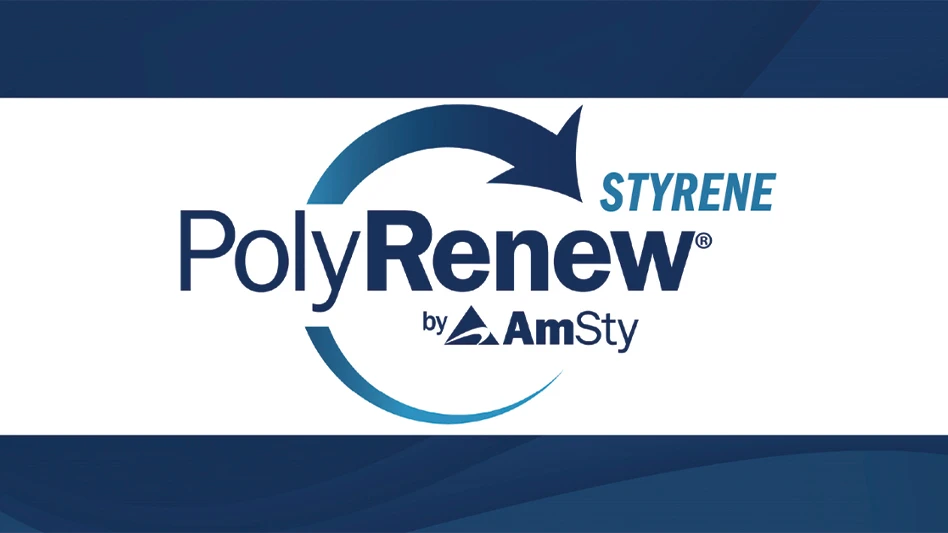Not content with coasting on the success of its 1995 Solid Waste Resource Management Strategy, the government of Nova Scotia, Canada, wrote a legally binding solid waste disposal target into the Environmental Goals and Sustainable Prosperity Act of 2007: By 2015 the per-person, per-year disposal rate must be no more than 662 pounds, including residential, business and construction and demolition (C&D) material.
The province has already come close to that figure: In response to a 1989 target Canada’s provincial Ministers of the Environment set to halve the amount of solid waste being sent to landfills and incinerators by 2000, Nova Scotia diverted half of its per-person waste—800 pounds—for six months that year. However, the annual amount sent to landfills rose to 948 pounds per person in 2008 as the overall waste stream grew. It has since decreased to 919 pounds per person.
ATTENTION TO DIVERSION
The most recently available Statistics Canada figures show that Nova Scotia disposes of less solid waste than any other province in the country. “In 2006 the Nova Scotia disposal rate was 50 percent lower than the Canadian average. The average diversion rate in Canada was 22 percent in 2006 and it was 44 percent in Nova Scotia—the highest in Canada,” says Bob Kenney, recycling development officer with the Halifax-based Waste-Resource Management Branch, Nova Scotia Environment (NSE, www.gov.ns.ca/nse/waste). He adds, “Our disposal rates continue to decline and are still 50 percent lower than the Canadian average.”
William Ring, CEO of the Truro-based Resource Recovery Fund Board (RRFB, www.rrfb.com) says, “People who were involved at the time tell me that there was a sort of perfect storm coming.” He adds, “The landfill site serving Halifax was nearing capacity.”
Kenney says, “Other municipalities were struggling with how to move away from dumps, some of them the open-burning variety.”
Ring says, “People were talking about (and protesting against) incineration. There was a lot of debate about what should happen. Things combined to create [a strong motivation] to reduce the amount of materials going to landfill. The strategy (enacted in 1995 and launched the following year) fell on very fertile ground.”
Kenney adds, “In 1994 Lunenburg began the first sustained curbside food collection program in the Americas. This, along with considerable regional and national media attention on [Canadian] waste disposal issues in the late 1980s and early 1990s, helped convince many stakeholders, including cabinet ministers, that solutions were available and possible.”
The chain of waste disposal command in Nova Scotia, so to speak, starts with the Waste-Resource Management Branch. It creates the rules for composting, recycling, disposal and waste diversion. RRFB is a provincial board, at arm’s length from the government that, in association with NSE, implements policy and programs. Municipalities collect and manage most residential waste and compostable matter and collect tipping fees from the business sector and much of its waste.
The high cost of waste diversion is a standard excuse governments trot out for not running such programs. In 2004, however, the nonprofit research and education organization GPI Atlantic prepared a cost-benefit analysis of Nova Scotia’s waste resource management system that proves otherwise: First, it established that the per-citizen cost of pre-strategy waste disposal was C$53 million, or US$48.6 million for the fiscal 1996-97. GPI then calculated low, medium and high estimates of variable costs and benefits for the post-strategy implementation in fiscal 2000-01. It calculated net savings of $33, $100 and $178 per capita ($31.2 million, $94 million and $167.7 million), respectively, for the three scenarios compared with the pre-strategy costs.
The benefits included employment, export revenue and tourism. The biggest benefit under the low estimate was energy savings from recycling, at $28.7 million, followed by extended landfill life, at $18.8 million. Under the high estimate, greenhouse gas emissions reduction trumped, at $84.3 million, followed by reduction of air pollution emissions, at $67.4 million.
A MODEL APPROACH
The innovative and comprehensive nature of the strategy is recognized internationally. “It is often referred to that we are a world leader in recycling. We have officials from other countries come here and study our recycling,” says Bruce Nunn, communications advisor for NSE.
With the force of the Environment Act behind it, Nova Scotia banned 13 different materials and products from disposal between 1996 and 1999, including beverage containers, corrugated cardboard, used tires, glass food containers, post-consumer paint products and low- and high-density polyethylene bags and packaging. Since Feb. 1, 2008, Nova Scotia has banned the dumping of most electronics equipment.
The ban on compostable organic material—paper fiber and leaf, yard and food waste—was the most significant. Now more than 90 percent of Nova Scotians have green cart for curbside collection. Special collections, such as for leaves in the fall, also are provided.
With the aid of contract researchers and an open-door policy to anyone with a good idea, NSE studies how to divert ever more solid waste. Pilot projects are underway on how to divert and recycle engineered wood, mattresses, upholstered furniture, carpet and C&D debris.
The funding to municipalities through the beverage container return program is also considered innovative. Nova Scotians pay a 10-cent deposit on all beverage containers and receive a 5-cent refund when they return them to any of about 80 privately run Enviro-Depots in the province. RRFB collects the money.
For the purpose of the strategy, the province’s 55 municipalities are grouped into seven waste management regions, to which RRFB returns deposit money according to each region’s disposal rate. The lower the disposal rate, the more money the municipalities receive.
In 2008 the recovery rate on the 373 million beverage containers on which deposits were received was 78.1 percent. In 2008 RRFB distributed $7.8 million in diversion credits and other funding. Since Nova Scotia launched the strategy, RRFB has distributed more than $80 million.
Municipalities have autonomy in their diversion strategies. In 2003, for example, some adopted a program that required residents to put their garbage in clear garbage bags. This made it easier to monitor compliance. Recycling rates, even in well-functioning, mature programs, immediately increased by 15 percent to 35 percent. Now, 33 of the province’s 55 municipalities have clear-bag programs.
Other examples of how municipalities have pushed the envelope include two that have curbside pickup for electronics, even though nearly three dozen electronics return depots are in the province. Other municipalities have special metal, wood, aerosol and paint can collections.
“Innovation is being incubated in the province in order to meet the 2015 disposal target,” Kenney says.
ROOM FOR IMPROVEMENT
A signature feature of Nova Scotia’s waste diversion strategy is the drive to improve it. For example, several failed tire recycling startups did not stop RRFB from trying again. Last fall, after additional preparation, including extensive education of potential bidders, it signed a five-year contract, with a renewal clause, with Halifax C&D Recycling Ltd. to process and market used tires as aggregate.
Last year NSE conducted workshops to discuss the future of managing solid waste. With a renewed strategy, Nova Scotia intends to aggressively work toward meeting its 2015 target and maintain its reputation as a world leader in recycling and composting.
The author is a freelance writer based in Quebec. He can be contacted at carrollm@citenet.net.

Explore the May 2010 Issue
Check out more from this issue and find your next story to read.
Latest from Recycling Today
- AF&PA report shows decrease in packaging paper shipments
- GreenMantra names new CEO
- Agilyx says Styrenyx technology reduces carbon footprint in styrene production
- SABIC’s Trucircle PE used for greenhouse roofing
- Hydro to add wire rod casthouse in Norway
- Hindalco to invest in copper, aluminum business in India
- Recycled steel price crosses $500 per ton threshold
- Smithers report looks at PCR plastic’s near-term prospects





